When winter arrives, all of us start asking the same question: when is it best to start the heater? And the second question that arrives right afterward is what heating temperature can be considered optimal for keeping my house warm enough.
Of course, both issues depend on different factors, such as the average temperature rate in the area where you live, or the size of your house.
That’s because larger houses will need more heat to keep them warm, and if you have really severe winters where you live, you should consider turning your thermostat on its hottest setting perhaps! And of course, the durability of the cold season matters a lot.
So if you always ask yourself these questions when winter comes, today you will finally be able to find out the answers!
We prepared an article that will explain what temperature shall be outside for turning your thermostat on, and also you will learn how to be energy efficient while your heater is working like crazy during the winter.
At What Temperature Outside Is It Best to Put Heating On Indoors?
Knowing when to turn on heat in winter is important because it influences so many other spheres!
If you turn it on too early, your energy bills will rise sooner. And also, you will be less environmentally friendly.

However, there is no single temperature at which your heating should be turned on. What to set your thermostat to in winter hangs upon several factors:
- how well your home is insulated
- how cold it is usually in winter in the area where you live
- how long the cold season lasts
- and how large your home is
See, if your home is properly insulated, it will easily remain at comfy temperature indoors with lower outdoors temperature, which means that every home will be distinct.
The best thing you can do in this situation is to make use of a home thermostat for keeping your heating under control.
Remember the common rule of thumb: your room thermostat should be set between 64.4°F and 69.8°F degrees Fahrenheit.
However, if for any reason you need your winter heat setting to be warmer, raise the thermostat temperature to the level you need. For instance, if such a need has any medical or other reasons.
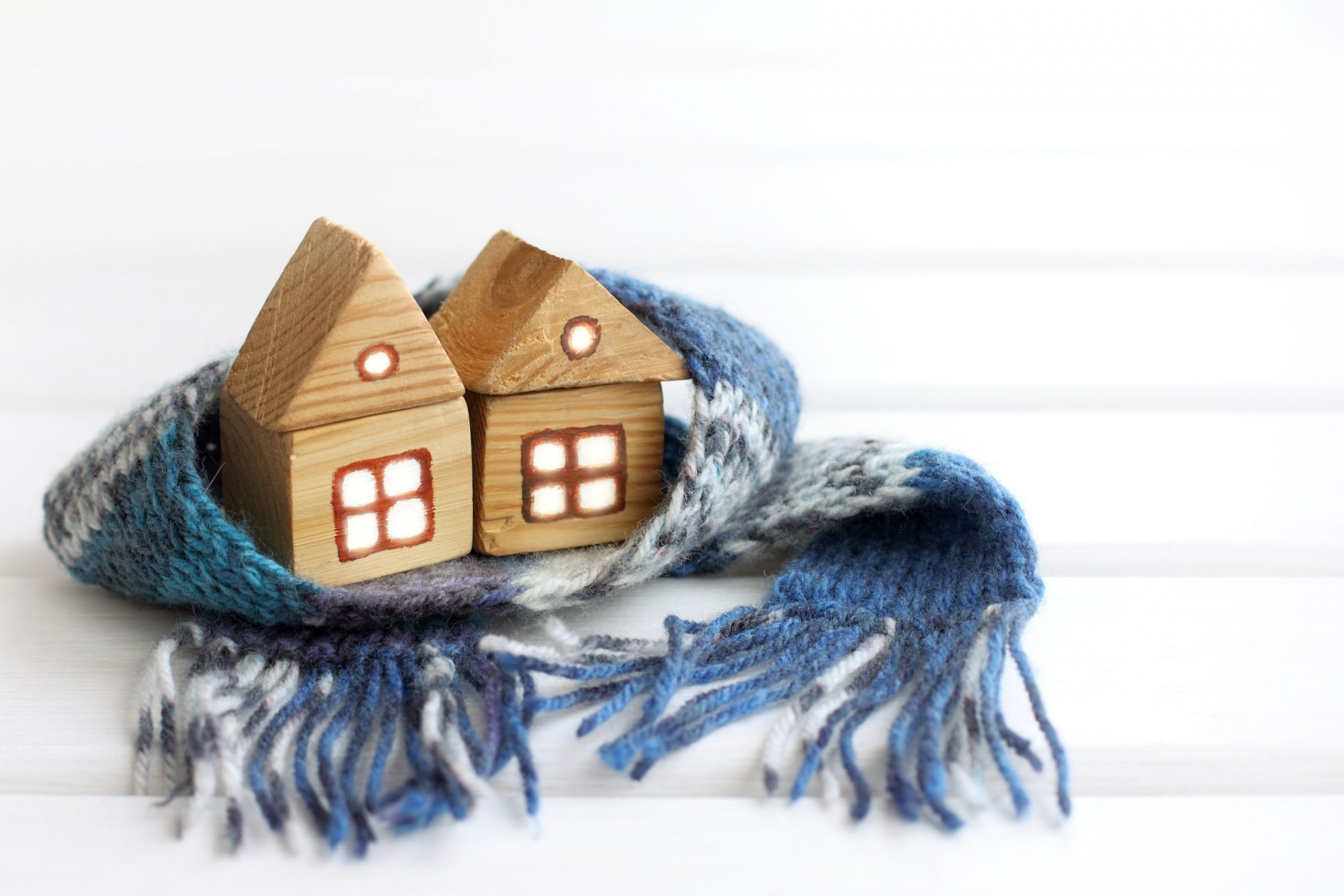
How to Decide When I Should Turn My Heat On At Home?
Of course, when to turn the heat on is partially going to depend on your personal preferences and needs.
Some of us prefer warmer homes whilst others are more than ok with quite a cool living space.
So of course, if you enjoy it when your home feels like a warm summer beach, you will surely have to set your thermostat to the highest heat regime possible, perhaps.

But in this case, you need to take into account that your energy bills will rise enormously.
However, there is a general rule of thumb that says we should turn the heat on when colds arrive if the temperature outside reaches the level of 64 degrees Fahrenheit or lower.
And if you have kids, seniors, or people who are sick in your house or apartment, remember that this threshold might need to be a bit higher! Also, remember to set the thermostat lower when going to bed in terms of reasonable economy.
Steps to Take Before Setting Your Home Heat Temperature In Winter
Before you decide what temperature your home heater must be working at and when you should actually turn it on, several preparatory steps must be taken to make sure the heater is in a good condition and it will be working properly throughout the cold season.
- Change or clean the filter since dirty filters lead to improper and inefficient heating system operation. If you clean and replace your filters monthly, you can be sure that your indoor air will always remain fresh and clean.
- Keep your heater properly maintained during the year. It will help to prevent any breakdowns and you will be sure you have an efficient heating for winter.
- Do a practice run before it gets really cold. This way any problems can be detected, such as weird smells, sounds, etc., before you start your heater.
- Seal the gaps around your doors and windows to prevent heat leakage and thus increase your heating bills.
- Make sure nothing blocks your vents and radiators, and that they are clean and open. Move furniture if you see it prevents warm air from circulating and distributing properly.
With these simple yet very effective life hacks, you will be able to keep your home warmer in winter without even increasing the heat on your thermostat!

What Can I Do to Delay Turning the Heat On?
This is probably one of the most frequent questions asked by the majority of homeowners who are concerned about their energy bills during the winter.
And indeed, there is a couple of methods that can be handy and prevent you from turning the heat on too early.
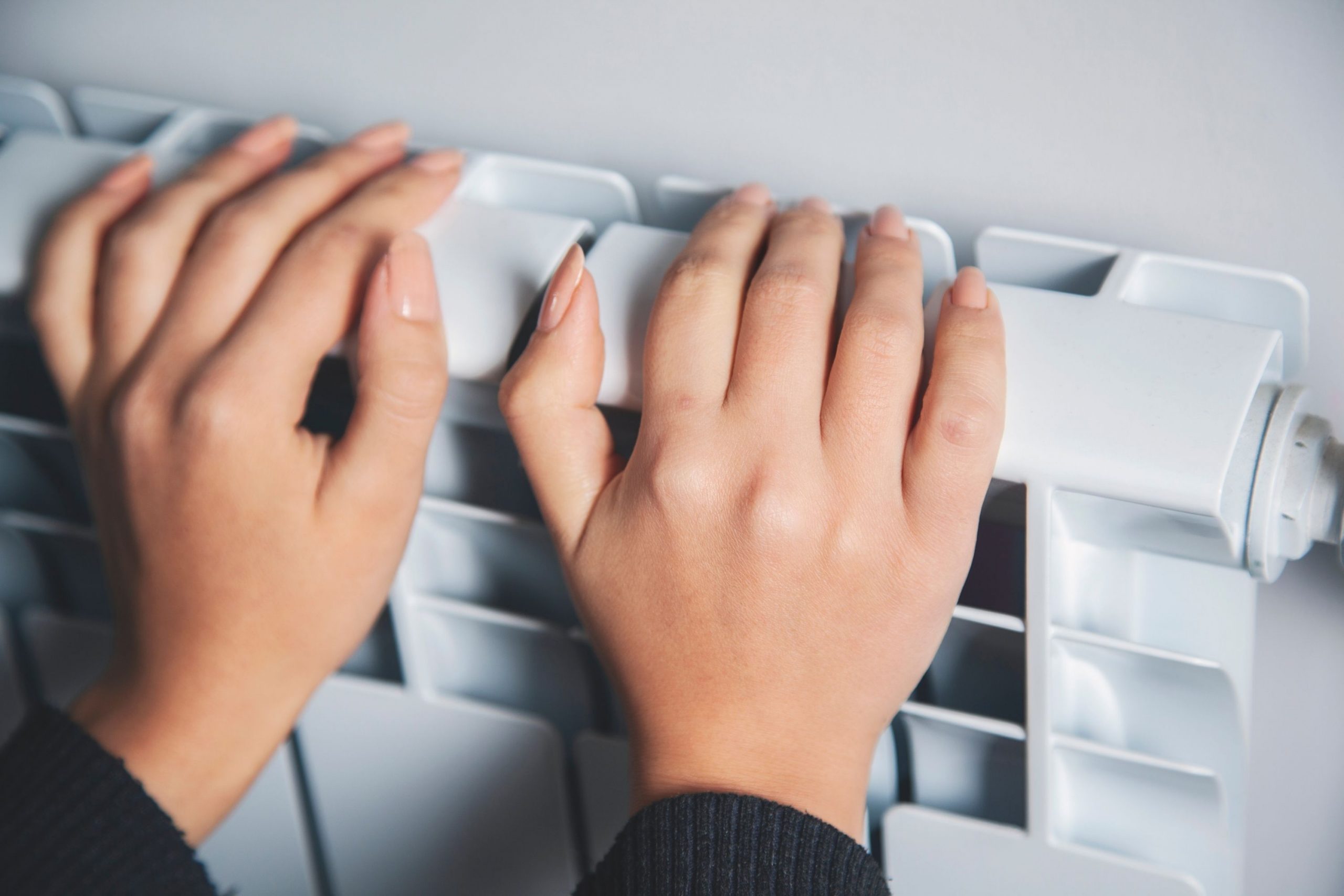
- Try to use door draught excluders. They are the cheapest and the easiest way of keeping your home warm and preventing any warmth leakage.
- Think about insulating your home with thermal wallpapers along with loft or basement insulation.
If you are a lender, not an owner of the house or apartment, you can do this by sending a request to your landlord, as landlords have a legal obligation to make their property heat efficient!

Why Doesn’t My Heat Turn On?
This is quite a common issue, by the way! If you notice that in autumn, when it is rather chilly outside, your heat does not seem to be kicking on, it is time to troubleshoot your heating system for sure!
One of a few things could be the cause:
- Humidity makes the air feel warmer. So if it has dropped as it usually does in autumn, the actual air temperature may feel colder. And if the actual temperature is still warm enough (even if for you it’s cold), your thermostat will not yet engage!
- Check the settings of your thermostat. Is the heat on? And if yes, then what temperature is it set at? It might need a simple adjustment.
- If both methods we shared above did not work for you, try switching to a much lower temperature than usual just to see if the furnace engages. If it does not, call the professionals to diagnose and fix the problem.
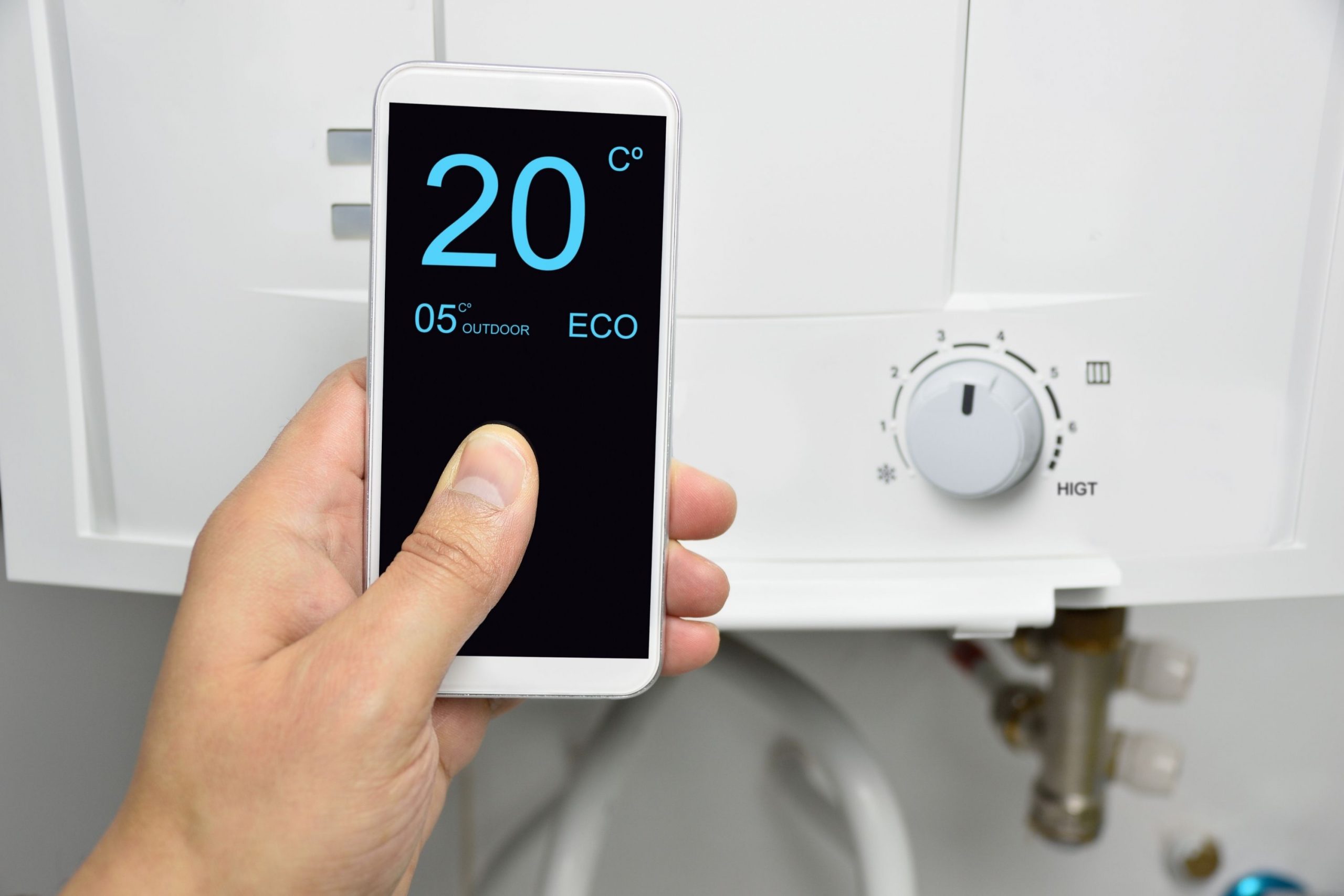
Tips For Remaining Energy Efficient When Your Heating Is On
No matter what thermostat setting you set for winter, remaining energy efficient is a must both for your wallet and for the environment. Luckily, this is not rocket science, and you can easily achieve it with a few simple steps:
- Get smart controls fitters, such as HIVE or NEST. They will allow you to control your heating remotely and adjust your heating according to the weather outside.
- Use a government grant. It may help you to switch to another type of heating if, let’s say, you want to move away from fossil fuels.
- Make sure your thermostat is in the right place. It must not be blocked by furniture or curtains since they will prevent it from measuring the indoor temperature properly.
- Adjust the valves. Turn them down in the rooms that you don’t use or you want them to be colder.
- Upgrade the boiler if it was installed before 2004. Newer versions are way more energy efficient. When upgrading your G-rated boiler to a newer A-rated one, you can save quite a significant amount of money.
- Switch the supplier to a green energy one.
With these life hacks in your hands, you will be able to both make your home way more energy-efficient and green and also keep it warm through the wintertime so that it remains comfy for you.

When Should Central Heating Be Turned Off Again?
All right, now you know that there is no strictly defined period of time when your boiler must be turned on to keep you home warm during the winter. But even if you find out what the optimal time for you is, how do you know when it should be turned off?
Sounds like another puzzle, right? However, turning your heater off, it is a bit simpler.
Most homeowners tend to turn their thermostats down on March 14 approximately when the outdoor temperature begins to warm up slowly.
However, you should still take into consideration the fact that this is not a pre-set date and the time you turn your thermostat down may vary.
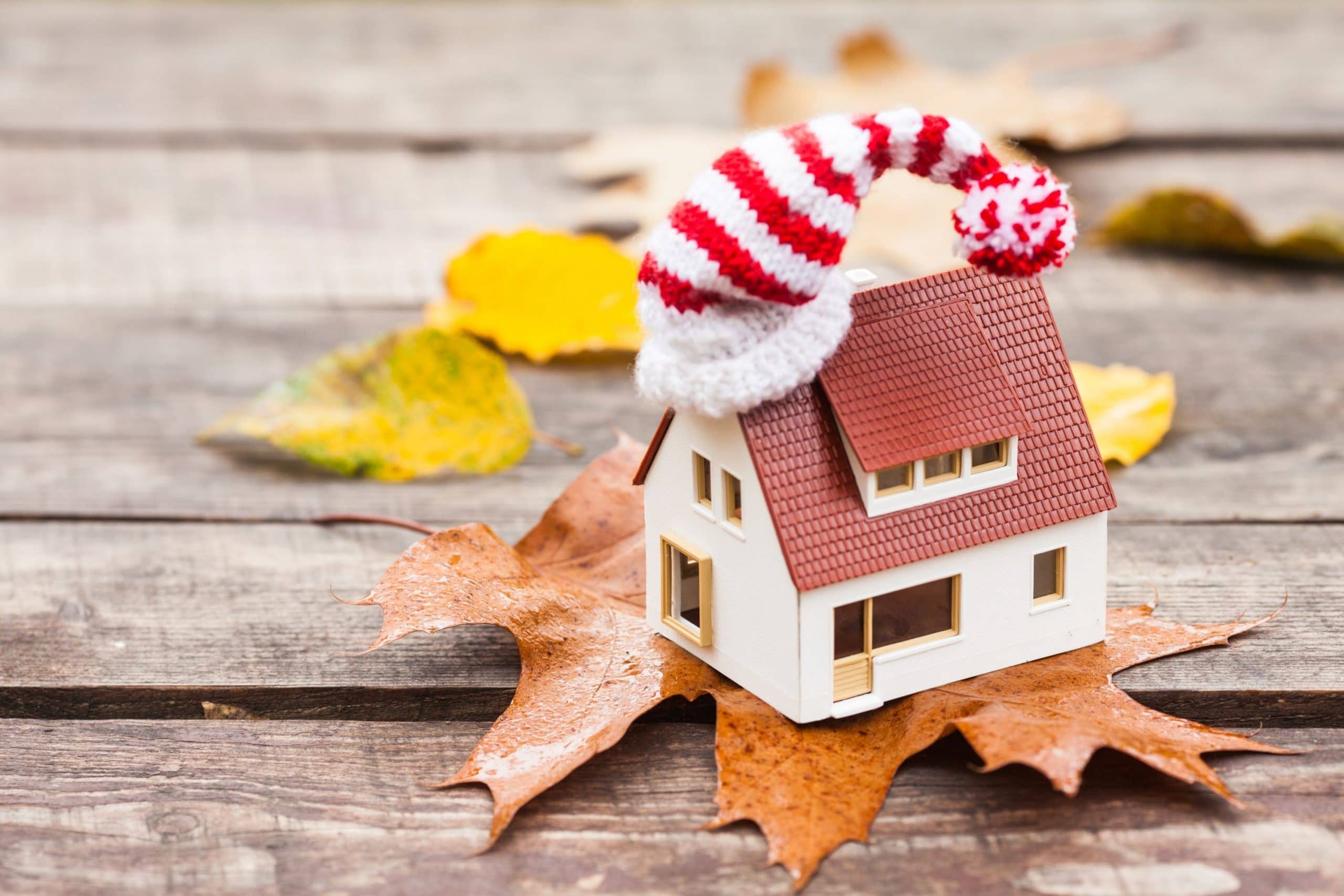
It will also depend on how well your home is insulated, how cold your winters are, and when your cold season usually ends in the area where you live.
Now you know that there is no specific outdoor temperature that you must turn your heating on at.
And since it is so, feel free to start your thermostat whenever you feel you are too cold indoors. However, remember to check it and use our energy-efficient tips to keep your energy bills on the short leash!
[wp-faq-schema title=”Frequently Asked Questions”]
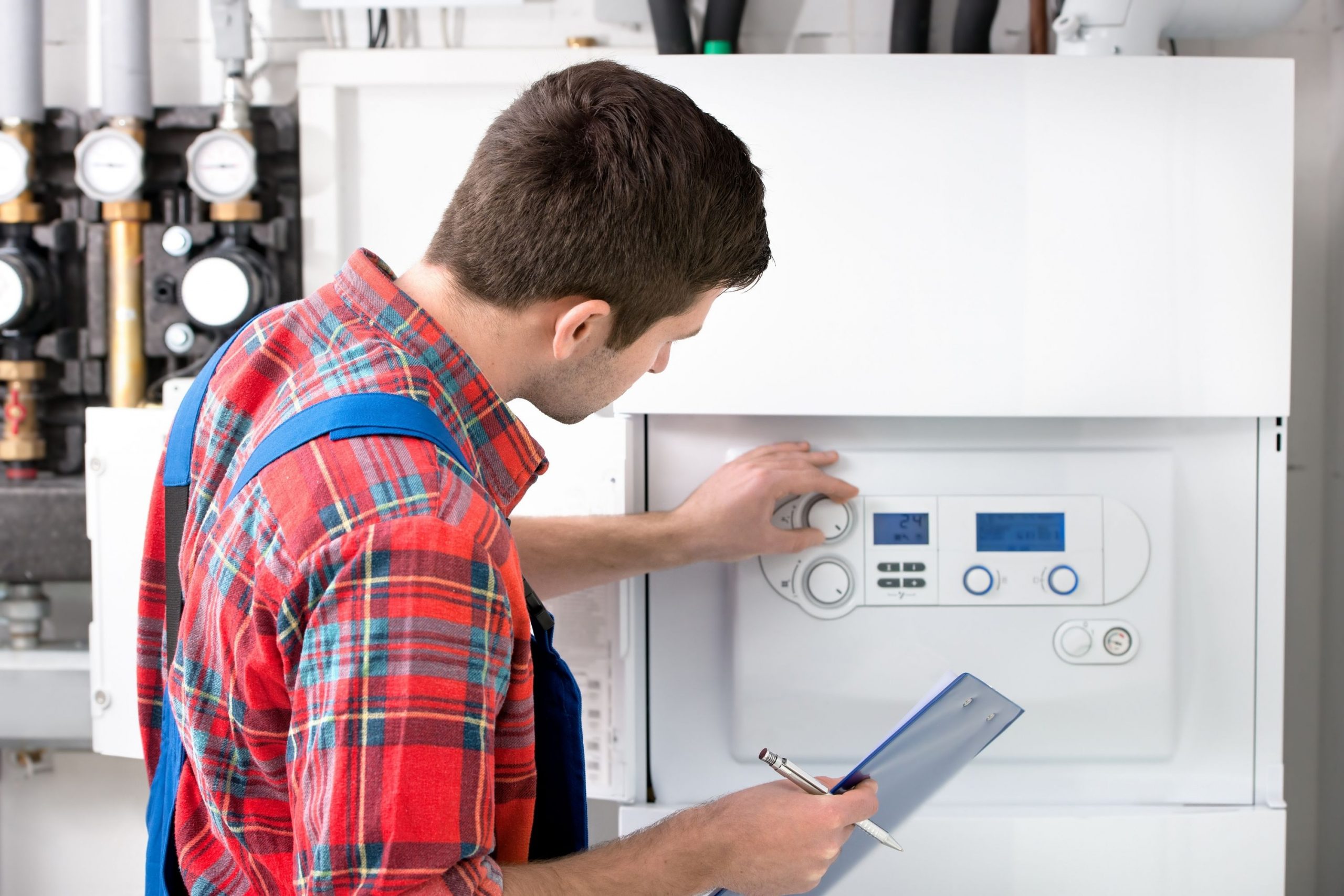
What is the best temperature for a heater in winter? We don’t have extremely severe frosts, however, it’s often windy which makes it feel colder than it actually is. So I was wondering whether there’s an ideal temperature setting. Does anyone know?
I’d say that the ideal winter thermostat setting is when you have around 22 degrees Celsius at home. I like when it’s warm enough, not hot but also not chilly. So I keep my house warm at this rate approximately. But in general, there’s no pre-set temperature if that’s what you wondered about.
Is it ok if I keep my thermostat turned on until the end of March or even the beginning of April?
If this is when it’s starting to get warmer in your area, then why not? You’re not obliged to switch it off on the 31 of December! I sometimes keep it working until mid April!